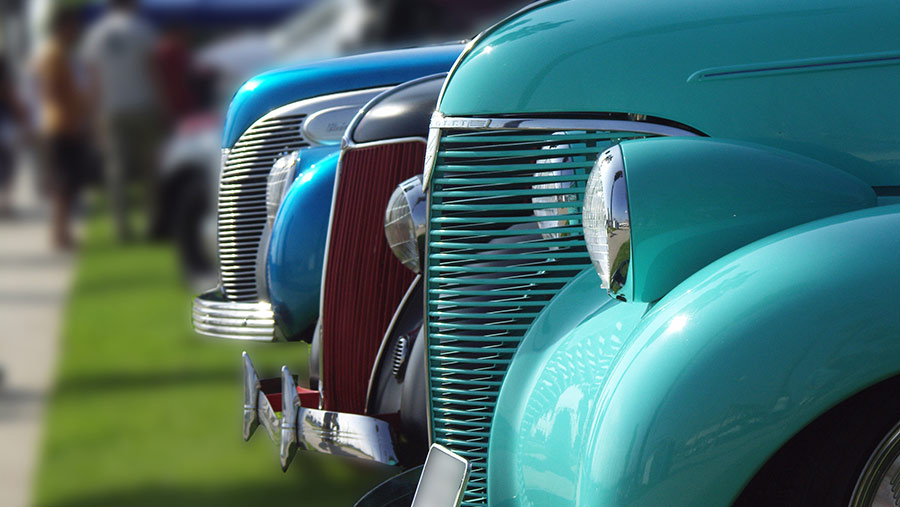
Properly storing a classic car is not as simple as parking it and leaving it untouched. Preserving them requires careful planning and execution. Here are some important tips that are generally recommended by car experts for storing a classic car effectively:
Regular Visual Inspections:
Conduct visual inspections for signs of rust, leaks, and wear. If you do find rust on your vehicle and want to know how to get it off, there are many articles on the topic, like this one from Motor Trend that might help. As far as other things to look for during your regular inspections, it might help to check for loose bolts, damaged seals and any potential issues that might worsen over time.
Fluids Levels
Regularly check oil, coolant, brake fluid and transmission fluid levels. If any of these are low, you should fill them up as necessary to help prevent engine damage and overheating.
Tire Care:
Maintain proper tire pressure and inspect for cracks, bulges, or uneven wear. Rotate tires regularly to extend their lifespan. If your classic car will be idle for a long time, it may help to use jacks to lift the car up and take pressure off the tires. For more guidelines on storing a classic car, check out our classic car storage tips article.
Battery Health:
Experts say that keeping the battery terminals clean and corrosion-free is an essential step. While you can always replace a battery, sources like Batteries Plus states a corroded battery can still cause damage to other parts of the vehicle if the corrosion spreads. If your classic car will sit idle for extended periods, consider disconnecting the battery to prevent drain.
Brake Maintenance:
Regularly inspect brake pads, rotors, and brake lines. If any of these look like they're in poor condition, consider replacing them. Depending on how often you drive the vehicle, it may be a good idea to check your brake fluid as well and top it off as needed. Classic car brake service is crucial to ensure optimal stopping power and safety.
Electrical System:
Check lights, signals, and gauges for proper functionality. Faulty electrical components can lead to more extensive issues if not addressed promptly.
Fuel System:
Ensure the fuel tank and lines are clean. Consider using fuel stabilizers if the car will be stored for an extended time to prevent fuel degradation.
Drive It Regularly:
You may be tempted to simply start your classic car once or twice a month in an effort to keep it in good condition. But the thing is, classic cars love to be driven. According to Auto Art, for example, driving your classic car on short trips, about 10-15 miles each month, gets fluids going enough to help keep the engine lubricated and prevent parts from seizing.
Wax and Polish:
Protect the paint and maintain its shine by waxing and polishing your classic car regularly. This shields the finish from UV rays and environmental elements.
Interior Preservation:
Clean and condition the interior to prevent cracking, fading and other forms of deterioration. It is generally recommended that you use products specifically designed for classic cars, as the materials can be different than what's used in modern vehicles, which means it can react differently.
Source: foremost.com

